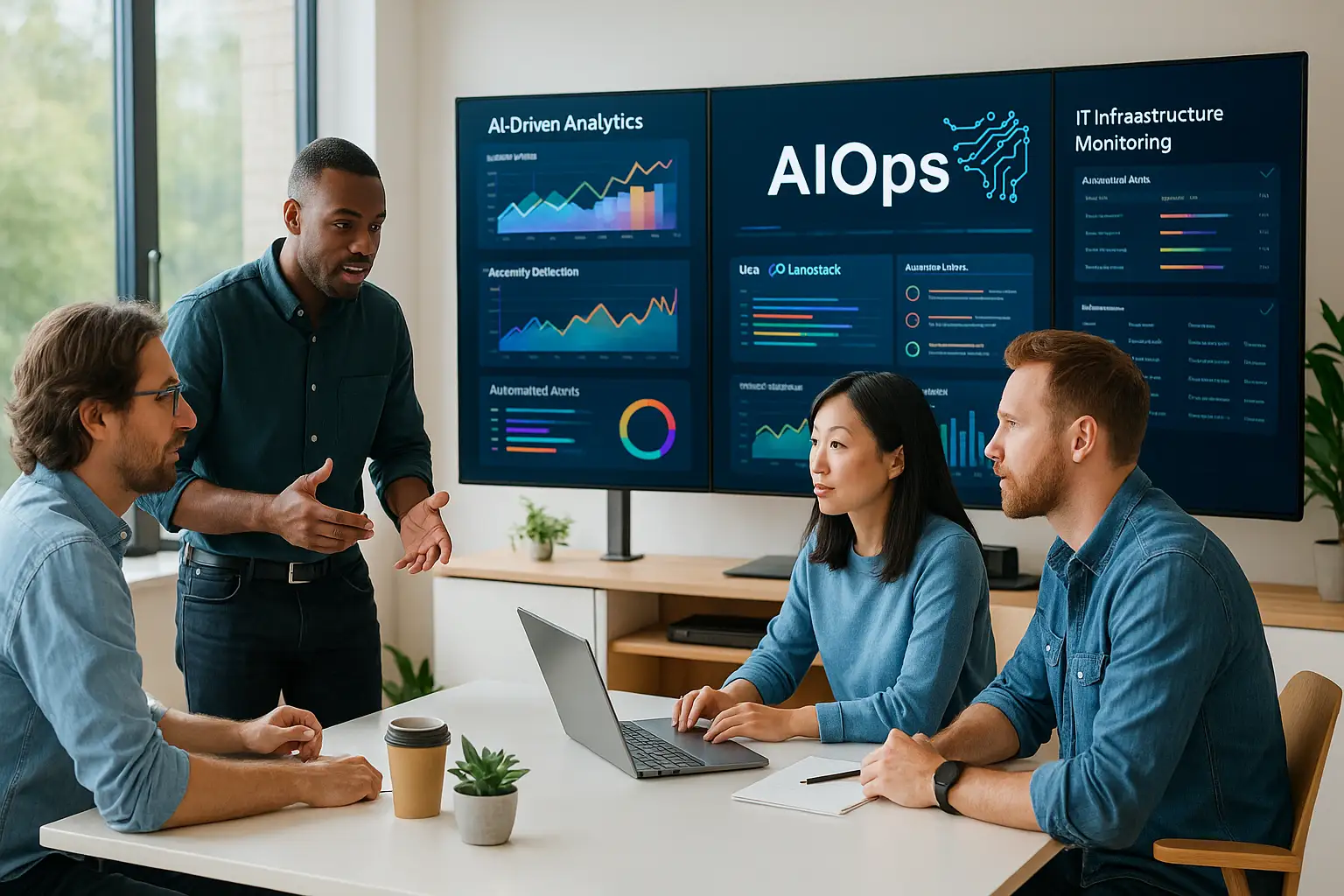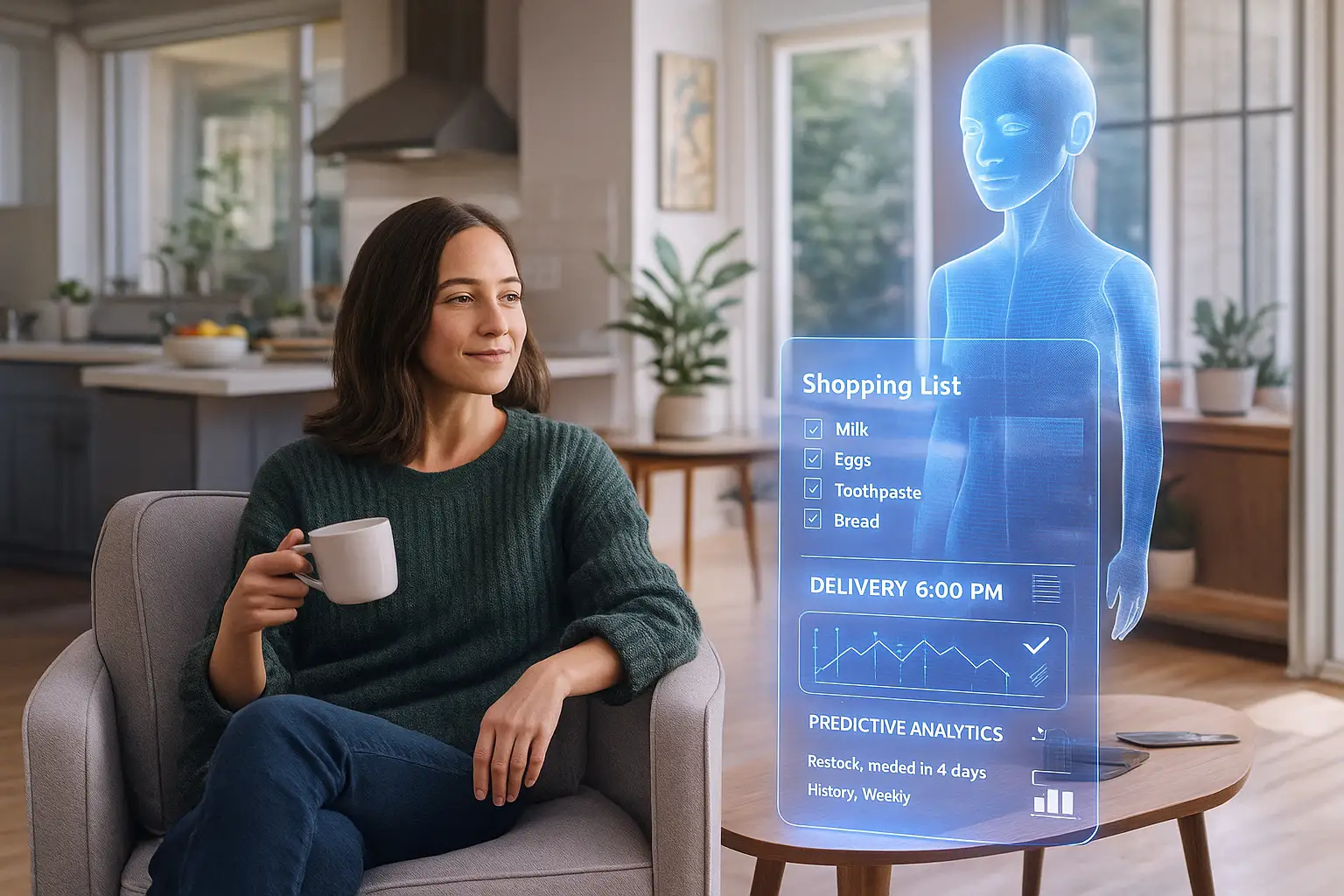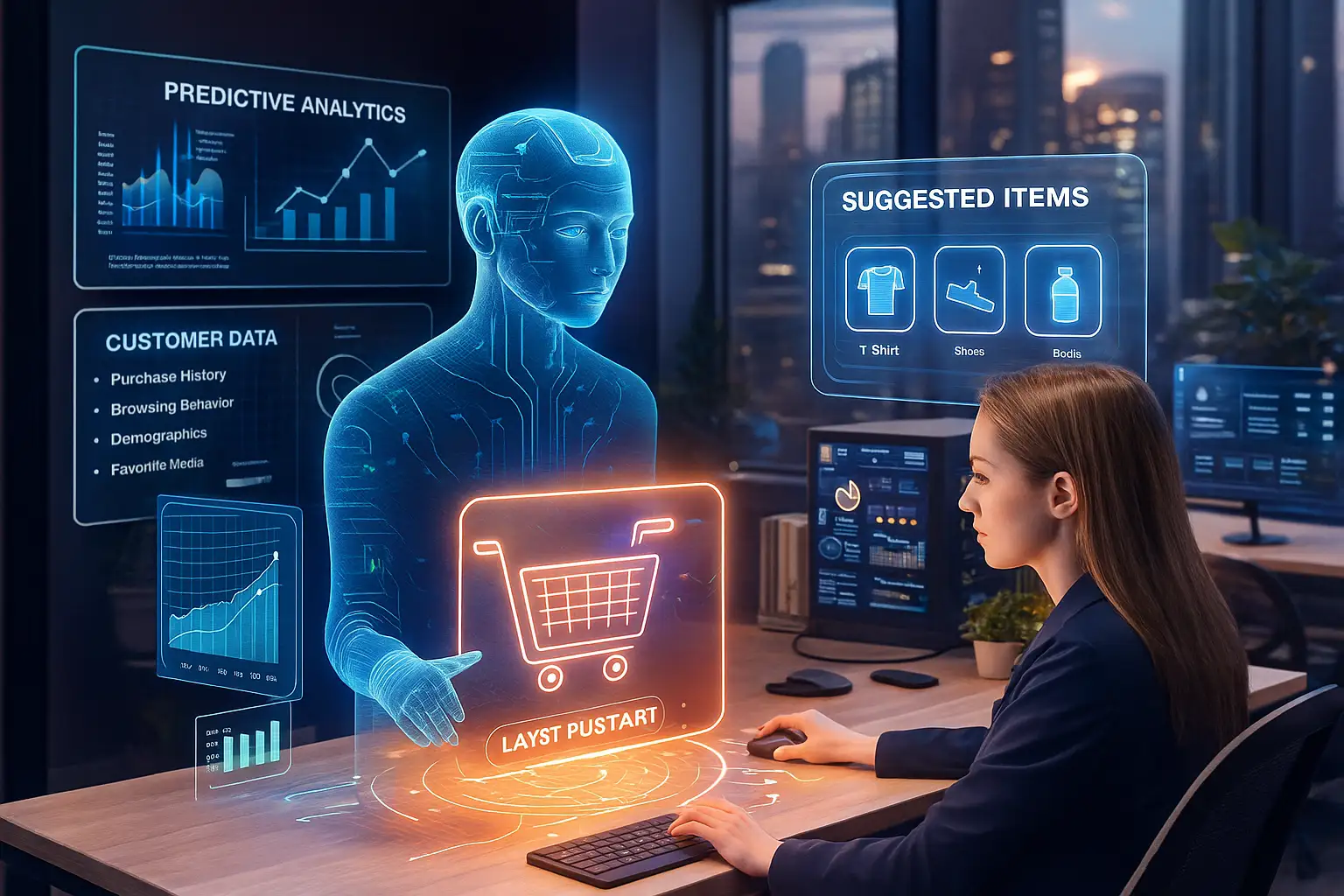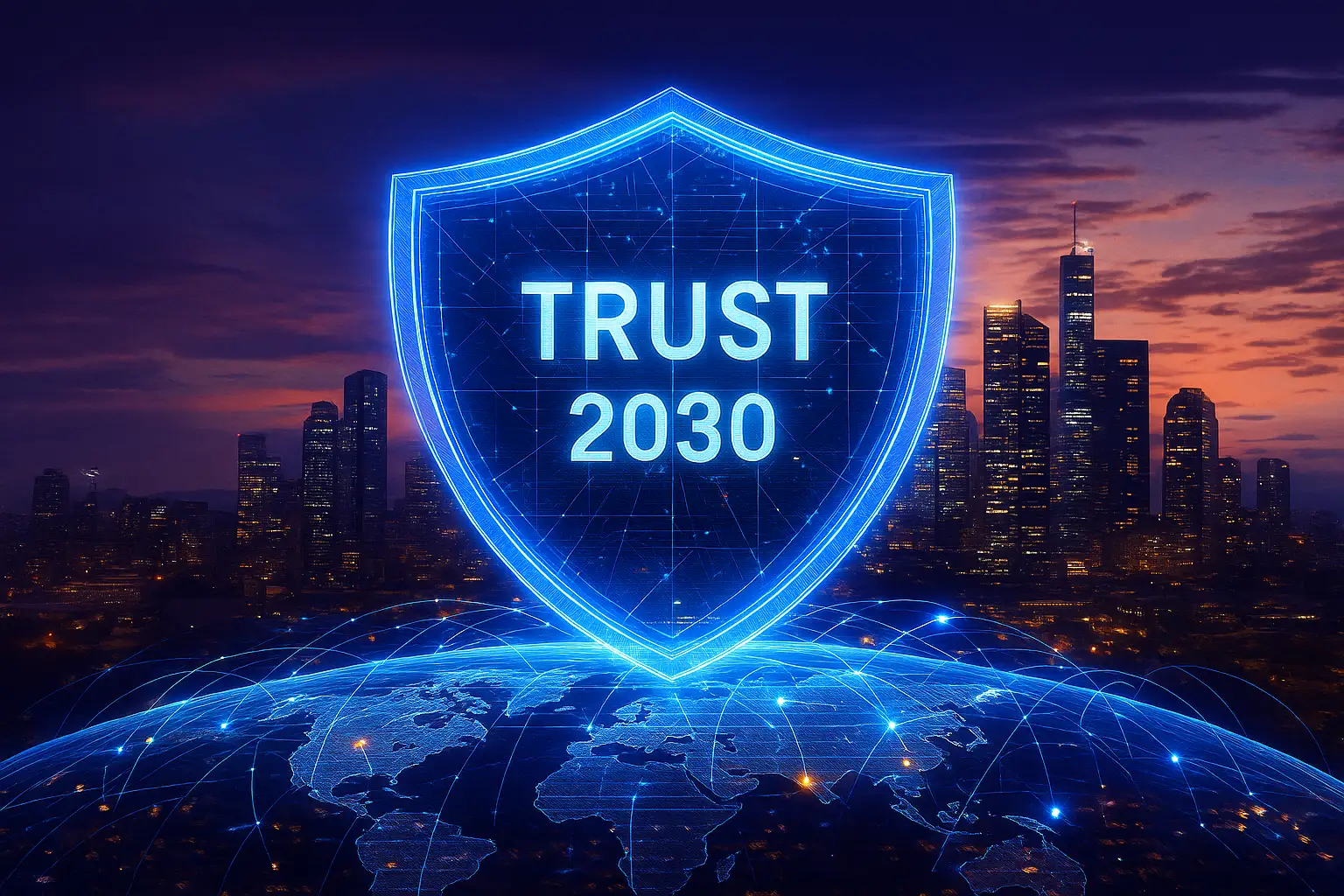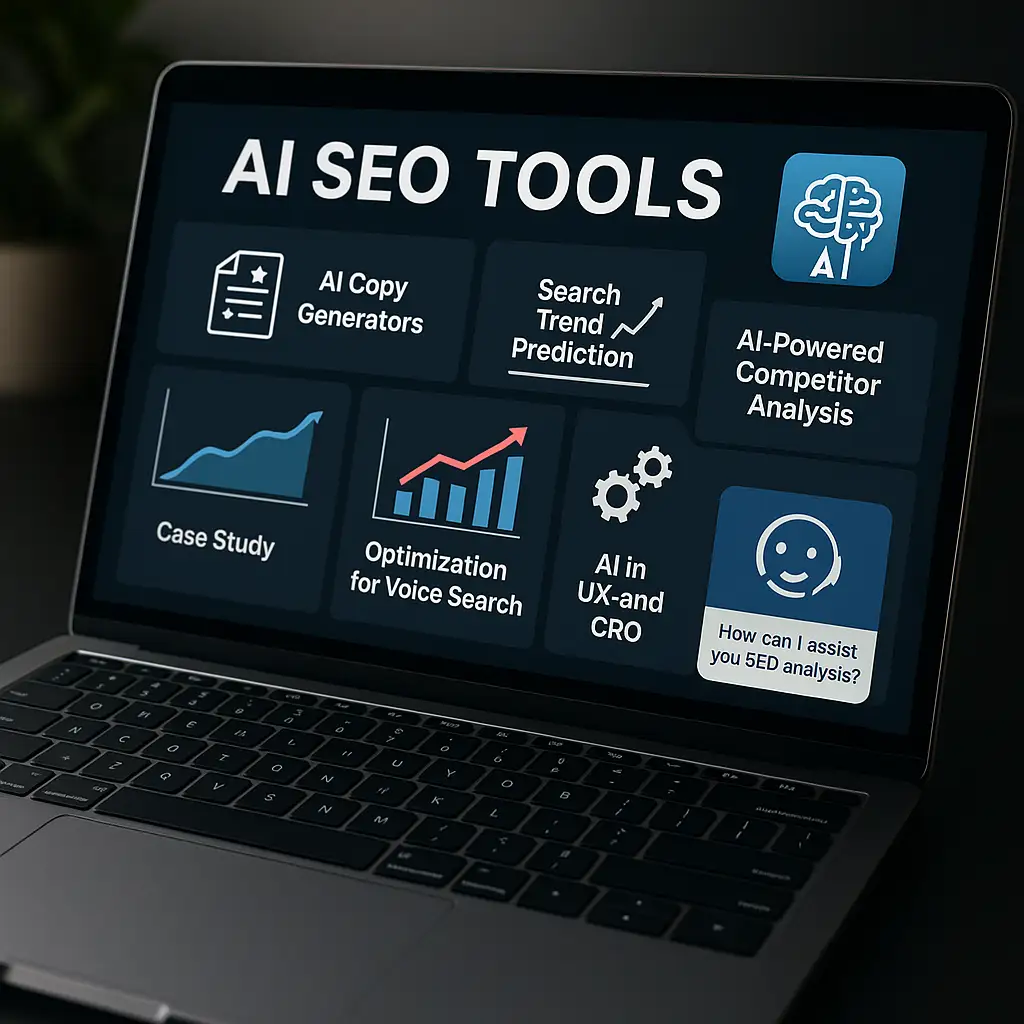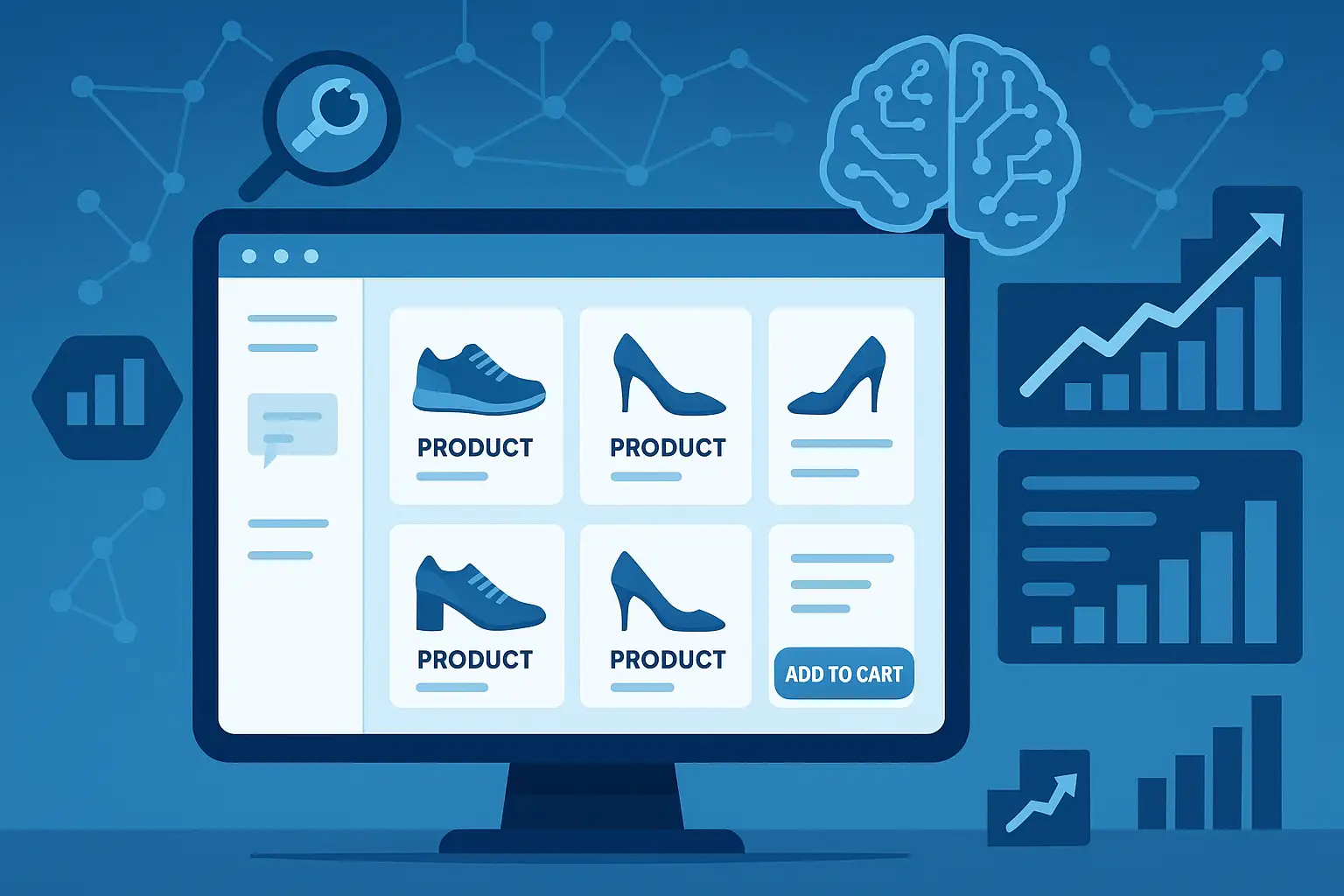Composable Marketplaces: How Modular Architecture Is the Future of Platform Engineering

Composable Marketplaces: How Modular Architecture Is the Future of Platform Engineering
Introduction
Traditional marketplaces were built like skyscrapers — solid, powerful, and extremely difficult to modify once finished. Every new feature required extensive refactoring, long development cycles, and major risks.
But in 2025 and beyond, digital commerce is defined by agility. Businesses must react instantly to customer behavior, integrate new technologies without downtime, and customize experiences across multiple channels.
This new reality has given rise to the Composable Marketplace — a modular, API-driven platform architecture designed to evolve continuously.
1. What Is a Composable Marketplace?
A composable marketplace is a marketplace built from independent, interchangeable modules — each responsible for a specific function (like payments, search, inventory, or user onboarding).
Instead of one monolithic codebase, a composable platform connects specialized components through APIs, creating a flexible ecosystem where services can be added, removed, or upgraded without affecting the rest of the system.
Example:
- A headless CMS manages content.
- A dedicated payment service (Stripe, Adyen) handles transactions.
- A recommendation engine powered by AI personalizes listings.
- A logistics microservice updates delivery status in real time.
The result: faster innovation, lower maintenance, and endless scalability.
2. The Core Principles of Composability
1. API-First
Everything communicates via APIs, ensuring interoperability and scalability.
2. Modularity
Each service is independent — you can replace your payment system without touching your catalog or user accounts.
3. Replaceability
No more vendor lock-in. Composable systems allow you to choose the best-in-class tools for each function.
4. Headless Architecture
Frontend and backend are decoupled, allowing custom user experiences across web, mobile, and emerging platforms (AR, voice, IoT).
3. Why Marketplaces Need Composability
1. Faster Time to Market
Launching new features doesn’t require redeploying the entire system. Developers can deploy updates to individual services independently.
2. Continuous Innovation
AI recommendation engines, dynamic pricing modules, or advanced analytics tools can be plugged in as soon as they’re available.
3. Global Scalability
Composable architecture handles high traffic and regional differences (currencies, languages, tax systems) through localized microservices.
4. Lower Maintenance
Teams manage smaller, isolated codebases — reducing complexity and bugs.
5. Business Agility
You can pivot quickly, integrating new technologies or partners without rebuilding the core platform.
4. How Composability Changes Marketplace Engineering
Traditional platforms often collapse under technical debt. Composability solves this by distributing complexity across smaller, self-contained services.
Before:
- One database
- One codebase
- One deployment pipeline
Now:
- Multiple services, each with its own database and CI/CD pipeline
- APIs orchestrate communication
- Cloud-native infrastructure ensures scalability
This model empowers teams to work in parallel — developers, designers, and product managers collaborate asynchronously, accelerating delivery.
5. Key Technologies Driving Composable Marketplaces
- Microservices Architecture – breaking functionality into smaller, manageable services.
- GraphQL & REST APIs – flexible data exchange between services and frontends.
- Headless CMS – delivering content across multiple channels.
- Cloud-Native Infrastructure – containerization (Docker, Kubernetes) for deployment scalability.
- Serverless Computing – executing lightweight, event-driven processes at scale.
- Composable Commerce Platforms – tools like CommerceTools, Elastic Path, or Vue Storefront.
Together, these technologies enable marketplaces to operate like living systems — constantly learning, adapting, and growing.
6. The Business Impact
Composable marketplaces aren’t just a technical improvement — they’re a strategic one.
Measurable Benefits:
- 50–70% faster integration of new tools and services
- 30–40% shorter development cycles
- 20–30% reduction in operational costs due to modular scaling
- Better user retention thanks to faster feature delivery and personalization
In other words, composable architecture directly translates to business performance.
7. Case Studies
Example 1 – Retail Marketplace
A global marketplace migrates from a monolith to a composable model using microservices and APIs. The company reduces update time from 3 weeks to 2 days, enabling real-time vendor onboarding.
Example 2 – B2B Platform
A software marketplace integrates AI-driven recommendations and dynamic pricing modules without codebase rewrites — increasing conversion rates by 25%.
Example 3 – Multi-Vendor Platform
Composable structure allows independent vendors to use different payment or inventory systems within one unified platform — increasing flexibility without compromising UX.
8. Challenges and Solutions
Challenge 1: Integration Complexity
Solution: API gateways and middleware to manage service orchestration.
Challenge 2: Data Consistency
Solution: Event-driven architecture (Kafka, RabbitMQ) ensures synchronization.
Challenge 3: Governance and Security
Solution: Centralized monitoring, authentication layers, and DevSecOps pipelines.
Building composable marketplaces requires planning — but once implemented, the payoff is exponential.
9. The Future: Composable + Intelligent
By 2030, composable marketplaces will integrate AI agents capable of autonomously managing modules.
These intelligent systems will:
- Analyze marketplace performance in real time.
- Reconfigure components automatically for optimization.
- Replace underperforming microservices dynamically.
The result? Platforms that continuously evolve themselves — the ultimate fusion of composability and intelligence.
Conclusion
The future of digital marketplaces is modular, intelligent, and composable.
Rigid architectures can’t keep up with user expectations or technological acceleration.
Composable marketplaces enable endless innovation — from integrating AI-driven personalization to connecting new payment or logistics systems overnight.
In the end, composability isn’t just about architecture. It’s about freedom — to build, scale, and evolve without limits.











